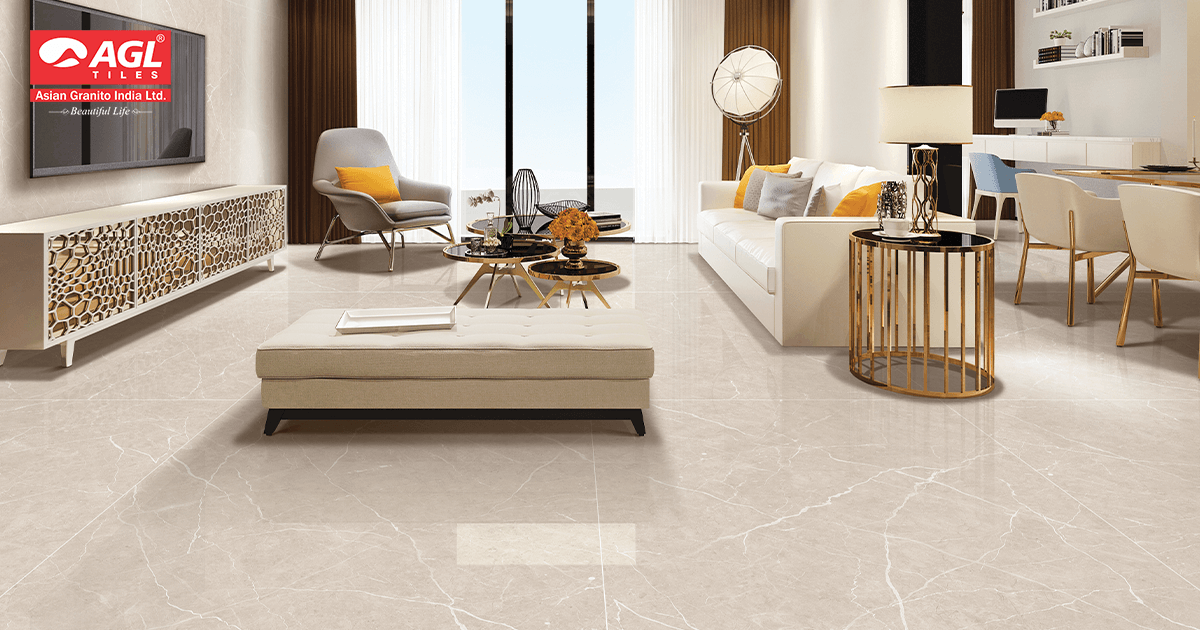How to Choose the Right Colour Floor Tile

Floor tiles is one of the most essential elements in your home or any commercial area. They add beauty, utility and improve the floor covering life. Nonetheless, picking the correct colour of the floor tiles is a quite challenging task, with numerous choices available in the market nowadays. Which colour would match your style, nature, or taste? What colour floor tiles match your other furnishings? What is the best way of achieving a harmonious and balanced feel with your floor tiles?
In this Article post, we will attempt to help you to answer those questions and lead you on how to pick the most suitable colored floor tile for your area. Here we shall talk about the issues that must be considered before choosing floor tiles in Sydney, the colors available for floor tiles and how to pick one color, as well as the advantages and disadvantages of each colour. When the post is over, you will have no doubt what is the right color floor tile to transform your area into a charming and appealing one.
Table of Contents
Factors to Consider Before Selecting Floor Tiles
Before you start browsing through the different colours of floor tiles, you need to consider some factors that will influence your decision. These factors include:
- The size and shape of your space: The size and shape of your floor tiles would depend on the size and shape of your space. In general, large tiles would make a small space appear larger, while small tiles would give a large space detail and texture. Square tiles in most cases, will provide some balance to narrow spots whereas using rectangular tiles will have a similar effect on a long and narrow space. You should think about the shape of the room and where the tiles will look well together with the walls, doors, windows, and so on.
- The purpose and function of your space: Your floor tiles ought to be determined by their utility and quality. For instance, selecting tiles for a bathroom or kitchen should be water resistant, slip resistant, stain resistant, and cleanable. For a living room or a bedroom, comfortable and warm tiles may be the best options. Besides, you must evaluate the levels of foot traffic and damage expected in the area and select strong and tough tiles.
- The style and theme of your space: You have to consider the mood and feel you wish to give to your space depending on which floor tiles style matches the theme of the space. For instance, if you wish to have a modern and minimalistic appearance, you can select plain tiles that are slim, simple, and neutral in color. You may opt for tile types that have a rustic, warm, and natural feel. Your floor tiles’ colour scheme also has to be compatible with the overall décor in your space as well as furniture.
These are some considerations to make when choosing floor tiles. Considering this, you will have a chance of choosing the most appropriate color floor tile for your space.
Different Colours of Floor Tiles and How to Choose One
Having considered the determinants that will impact on this decision, you can now turn to the colors of floor tiles and the aspect of choosing one that would appear befitting to your space. Here are some of the most popular colours of floor tiles and their advantages and disadvantages:
- White: It is a typical, time-honored hue that could bring an open, light, and airy environment to your area. The use of white floor tiles will reflect the light and give your room an impression of being spacious and airy. The versatility of white floor tiles also means they can be matched any colour scheme or style, creating a stylish and elegant look. The white floor tiles also show dirt and stains easily. They will need a lot of maintenance and cleaning. Likewise, white floor tiles could also look monotonous without the addition of some accent or contrast colours.
- Black: Black is a bold and powerful color and will make a very impressive and up-market statement, if used for your room. They can be very powerful when applied in floor finishing materials and black floor tiles are no exception. Dirt and stain is also difficult to be seen on black floor tiles, hence less maintenance and cleaning. Nevertheless, black floor tiles can also make your space appear tiny and gloomy, as well as absorb light and heat. Floor tiles painted black can also appear harsh and cold unless mixed with warm and light hues.
- Grey: Grey is a neutral modern color which will give your space a streamlined appearance. Grey floor tiles go with almost any color scheme and style and give rise to a soft and elegant air. Another way you could introduce texture is by incorporating grey floor tiles, which could have the calming effect and feel of nature. Nevertheless, black floor tiles could be drab and dull if they are not made colorful or having color patterns. The grey floor tiles can also seem bleak if they are not lit with a little heat and light.
- Beige: This colour is warm and natural and can bring a relaxing and inviting atmosphere into a room in your home. The beige floor tiles can resemble wood, stone, and sand and make it rustic and natural like. The use of beige floor tiles could also help to bring warmth and softness to the space and make it more comfortable and soothing. While the grey floor tiles may become outdated and boring over time, it is possible to add some trendy elements to the beige floor tiles. Not cleaned properly, beige floor tiles can appear dirty and even faded.
- Brown: The colour brown is expensive and ground-based and may make your space appear toasty. The brown floor tiles can also imitate an appearance like that of stone, wood, or chocolate thus creating that luxurious, indulgent impression. Your space can also be interesting through brown floor tiles as they bring in color contrasts, warmth and hominess. Nevertheless, brown floor tiles can be too heavy as well as overpowering when not accompanied by some light colour such as white or cream. Some brightness in colour, or pattern is needed when you use brown and Red tiles.
Some of the most popular colors of tiles in floors and their advantages and disadvantages. Sure, there are myriad other color tiles for the floors including different colours like blue, green, red, yellow, pink tiles, purple, and so on. However, choose any colour that matches with you, your style, personality and preferences and a style that you will like.
Conclusion: Which Colour Floor Tile is Better?
However, it depends on your preferences and what you think is better. Choose the best coloured tiles in regard to your personal taste, style, and preferences, as well as the factors mentioned above in regard to the size, shape, functionality, and theme of your space. Pick a color that will make you feel happy at home because this is the most important thing here.
FAQs
Should floor tiles be lighter or darker than wall tiles?
Typically, floor tiles should be darker than wall or ceiling tiles in order to achieve this balance. Using light floor tiles, for instance, is very critical especially in small areas since it can make a room more spacious.
How do I know what tile to match my floor?
The style, as well as its colors should be considered when selecting a tile that matches with your wall. Find tiles that will nicely compliment the floor, but not too matchy. In addition, you should apply a tile sample in order to imagine how various colors as well as the combinations of patterns will be depicted together.
What is the best color for floor tiles for living room?
Traditional living room flooring comprises neutral color floor tiles (beige, gray, and white) which serves as an ideal basis for various decorating ideas. Nevertheless, should one wish to show a bit more spirit, he/she may choose to use more bright colors and patterns instead.
What color floor tile makes a bathroom look bigger?
Bathroom designs that feature light-coloured floor tiles will create an illusion of increased space in small units and make the area feel open and bright with ample daylight. This can be achieved with the use of white or light-colored tiles. Furthermore, bigger tiles may reduce the visibility of grout, thus giving the impression that the area is more spacious.





